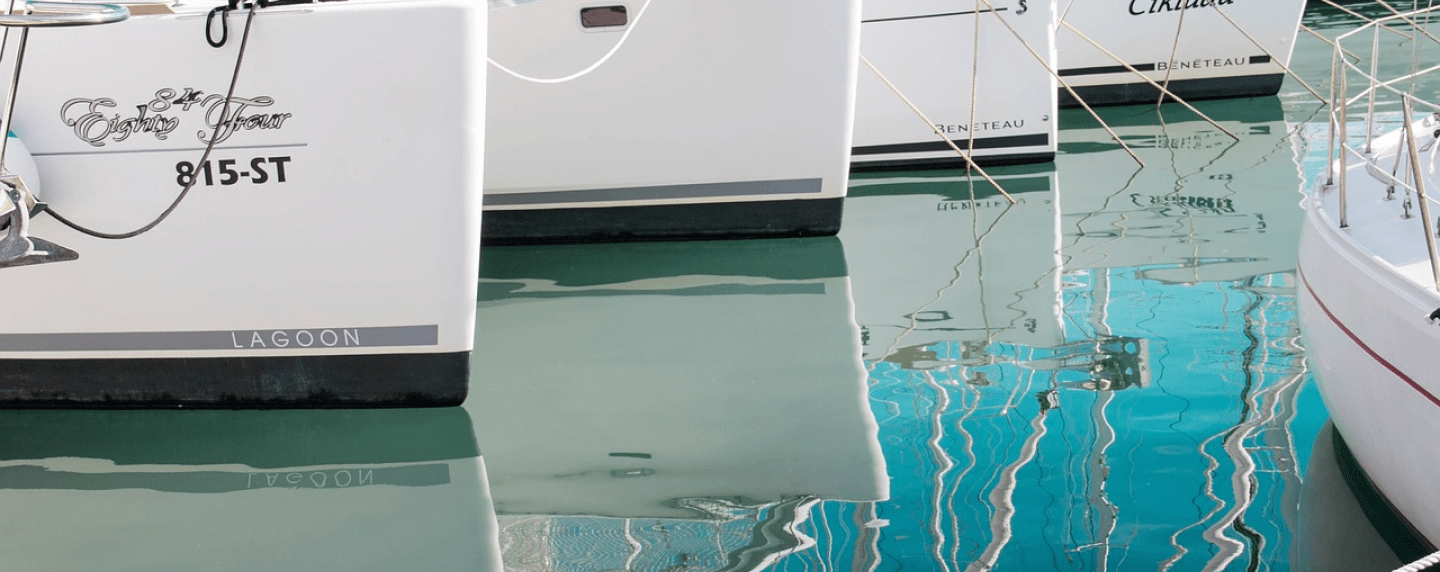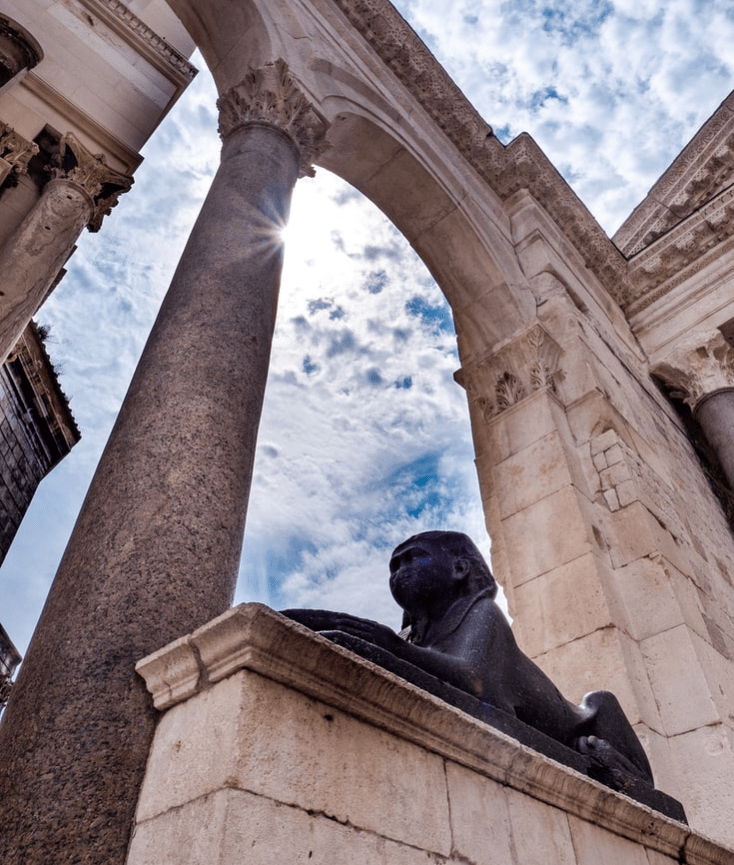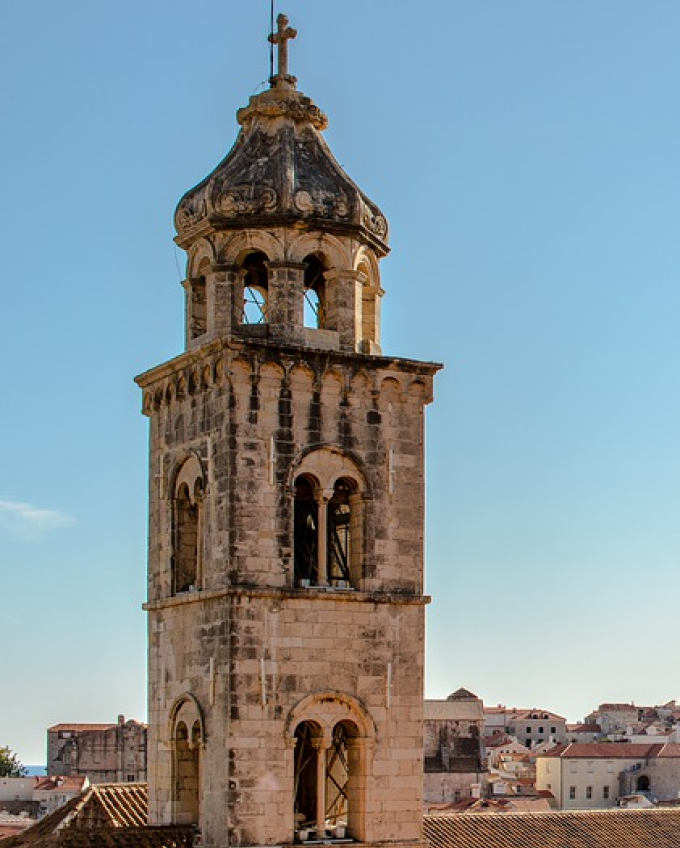Split
After all that's said are you at all suprised that citizens of split have a saying
"There is no place like Split?"
The story of Split is already 17 centuries old, dating to the time the Roman Emperor Diocletian decided to build his Palace right on the peninsula near the great Roman city Salona, where he wanted to spend the last years of his life. During these 1700 years the Palace slowly turned into a city, which to this day lures with its rich tradition, glorious history and beauty of its natural and cultural heritage.
Diocletian Palace and the entire historical core of Split have been on the World Heritage UNESCO list ever since 1979, and not only for the extraordinary preservation of the Palace, but also because the Palace and its city (or the city and its Palace, if you like) continue to live a full life. All historical layers from the old Rome, middle ages till today are still visible and alive in this structure. A walk through the ancient city takes you through time, along the great examples of ancient architecture like Peristyle, the middle aged Romanesque Church and Gothic Palace, Renaissance portals of the noblemen’s houses, Baroque facades and modern architecture superbly merged in the rich heritage.

more about split
Such stratification is mirrored in everyday life of Split. Local inhabitants sit in the same cafes, restaurants, shop in the same stores as tourists, giving them the impression that, by arriving to Split, they became a part of the city and its rhythm. The vegetable market and the fish market represent the centre of each family’s life in Split, just as the entire social life of this city of 200 thousand reflects on the Riva (waterfront), where every guest should endeavour to have his coffee alongside noisy, temperamental folk of Split.
Split is much more than glorious architectural scenery. Split is also a venue for excellent gourmet and vine experiences, numerous cultural happenings like film and theatre festivals, exhibitions, excellent museums and concerts, a city which offers eclectic modes of entertainment starting with numerous clubs and bars, through street festivals to events such as Ultra Europe Festival visited each year by up to 100 thousand young people from around one hundred countries of the world. Split with its sport results is something only a handful of cities of similar size around the world can boast about as it is the home of a dozen Olympic medal winners as well as other sports medals.
When you tire of the city bustle, there’s Marjan, hill symbol over the city, with its forest, jogging trails, mountain climbing and biking, recreational terrains, but also the ancient churches where the late citizens of Split sought spiritual peace. Also very unusual to find in a city the size of Split are the numerous beaches with extraordinarily clean sea, from the well known Bačvice to the stone secluded oases’ all around Marjan.
Geographical position
Largest city in Dalmatia
Split lies on the Adriatic coast, central Dalmatia, on the Split (Marjan) peninsula. Although surrounded by sea as a peninsula, Split also borders with surrounding mountains, Mosor on the northeast, Kozjak on the northwest, and Marjan hill as one of the most important symbols of the city, rising on the west side of the peninsula, in the immediate vicinity of the old city centre. Split is also surrounded by the islands Brač, Hvar, Šolta and Čiovo.
Split is the largest city in Dalmatia, second largest city in Croatia and according to the latest census conducted in 2011 Split has almost 180 thousand inhabitants. Second largest Croatian cargo harbour, but also one of the largest passenger harbours on the Mediterranean. It is the administrative centre of the Split & Dalmatia County.
Split through the seasons
In September and in October, It is the time when the temperature of the sea is ideal
Thanks to the Mediterranean climate, winters are mild in Split, lasting from December to March, although the actual experience of winter can really be felt only in February. For this reason all the comforts of Split can be savoured for most of the winter, from sightseeing the Diocletian Palace to the tastings of all the delicacies in numerous restaurants, and at the Christmas fair on the Riva during the entire December Christmas holidays. It is not even so unusual to spend sunny winter mornings sitting on the café terraces.

Spring in Split lasts from March to June, and it is one of the best seasons to visit Split. The average temperature is the ideal 20°C, abundant in sunny periods ideal for walking on Marjan, excursions, and even swimming in the late spring. During this season Split begins its life in the open, it is the waking moment of its streets and city squares.
Although high temperatures characterize the summer in Split, sometimes even over 35°C, spreading from June to the end of September, you can find refreshment in the beautiful Adriatic sea on many of Split’s beaches or on the nearby islands, while during the summer nights you can unwind through different events, such as the Days of Diocletian, Split summer festival and many others, where everyone can find something for themselves, and where you will experience a true Mediterranean hustle and bustle.
Autumn in Split lasts from September to December, although not a favourite part of the year to some, in many ways it is the most beautiful time of the year to visit Split, especially at the end of September and in October. It is the time when the temperature of the sea is ideal, the summer heat is at its low, and the main season is still on.

The history of Split
The history of Split is over-flowingly rich and turbulent to fit in just a couple of sentences. Although the Split area was earlier inhabited by the Greek colonies, Emperor Diocletian should be considered its first citizen and founder, starting his lavish villa of around 300 square meters near the great city of Salona in 293 AD, only to retire from the Roman throne within its walls after building it for ten years.
Turbulent centuries that followed turned the villa into a city, conceived by the fugitive inhabitants of Salona who fled from the Avars and Slavs. Many authorities changed hands in the city which, in the years to come, grew beyond the Palace walls, from the Croatian Kings in the 10th century, through the Hungarian and Venetian administration, to the French rulers and the Austro-Hungarian monarchy. Modern age and the 20th century “moved” Split from the kingdom of Yugoslavia, through tragic, yet heroic times of the Italian and German occupation during the Second World War when Split was one of the centres of anti-fascist resistance, to the Socialist Yugoslavia and the present period of the free and independent Croatia, member of the European Union.
Tumultuous history leaves its trace in the everyday life of the city that always moved steadily forward, remaining the centre of this part of the coast to this day. In those mixtures of history layers, clumsiness was inevitable, sometimes even rashness in development, but today it is all a part of its originality. Great city beats today with the silent whisper of history, the lively spirit of youth and charm of the Mediterranean yet in every way also Croatian warmth…
Split sports in numbers
Text and photo: Split Tourist Board